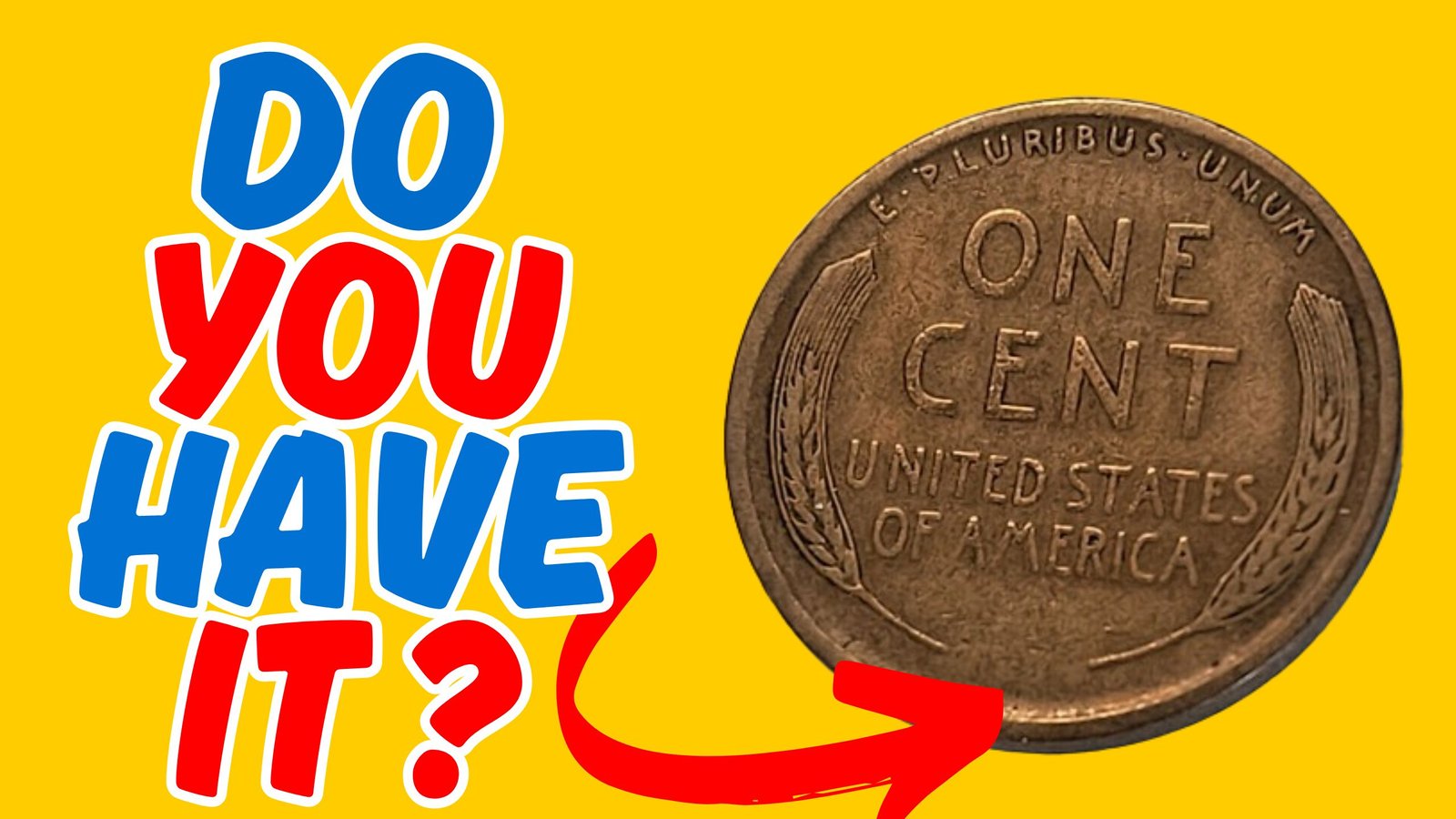The Lincoln Wheat Penny was first minted in 1909 to honor the 100th anniversary of Abraham Lincoln’s birth. It replaced the Indian Head cent and became the first U.S. coin to feature a real person instead of symbolic imagery. Its design, with Lincoln’s portrait on the front and wheat stalks on the reverse, captured the spirit of American progress and resilience in the early 20th century.
The Story Behind the Billion-Dollar Valuation
While it may sound unbelievable, some rare versions of the Lincoln Wheat Penny have been rumored to carry a valuation close to $4 billion. This astonishing figure is tied to stories of error coins and highly limited mintages that make them nearly impossible to find. In numismatics, rarity and historical significance combine to push values into extraordinary territory, making the Wheat Penny legendary among collectors.
Why Some Pennies Are Worth More Than Gold
Not all Wheat Pennies carry such staggering value. Most are worth just a little more than their face value. However, specific factors such as minting errors, rare dates, and pristine condition can transform a common penny into a collector’s treasure. When a coin is both historically significant and extremely rare, collectors are willing to pay astronomical amounts to own it.
The Chance of Finding One in Circulation
One of the most exciting aspects of the Wheat Penny is that some may still be out there in everyday circulation. People often forget about jars of coins, hidden boxes, or rolls stored away for decades. This creates the possibility that an unsuspecting person could stumble upon one of the most valuable coins in history while sorting through spare change.
Why Most People Don’t Notice Their Value
Even though the Lincoln Wheat Penny is iconic, most people don’t recognize its true worth. To the untrained eye, it looks like just another older cent. Because of this, many valuable coins have been casually spent, lost, or ignored. Without knowledge of the coin’s history and rarity, countless fortunes may have slipped by unnoticed.
A Symbol of History and Hidden Wealth
Beyond its monetary value, the Lincoln Wheat Penny carries cultural and historical weight. It represents both America’s admiration for Abraham Lincoln and the idea that hidden treasures can be found in the most ordinary places. Whether or not the $4 billion valuation is ever achieved, the Wheat Penny will always symbolize the mystery and thrill of coin collecting.
Frequently Asked Questions(The Lincoln Wheat Penny Valued Nearly at $4 Billion)
Q1: What years were Lincoln Wheat Pennies minted?
They were minted from 1909 to 1958, after which the reverse design was changed to feature the Lincoln Memorial.
Q2: Why are some Wheat Pennies so valuable?
Value comes from rarity, errors during minting, and condition. Certain dates and mint marks, like the 1909-S VDB or 1943 copper penny, are extremely rare and can be worth millions.
Q3: Could a Wheat Penny really be worth billions?
While most Wheat Pennies are not worth anywhere near that amount, myths and reports of rare varieties have fueled speculation of values in the billions. The truth is that some versions are indeed worth millions, but $4 billion is a symbolic figure representing extreme rarity and demand.
Q4: Can I still find Wheat Pennies in circulation?
Yes, though it’s rare. They occasionally turn up in rolls of pennies, coin jars, or even loose change, since some people unknowingly spend them.
Q5: How do I know if my Wheat Penny is valuable?
Look for the year, mint mark, and overall condition. If you find a 1909-S VDB, 1914-D, or a 1943 copper version, it may be worth a small fortune. Having it appraised by a professional is the best way to confirm its value.




